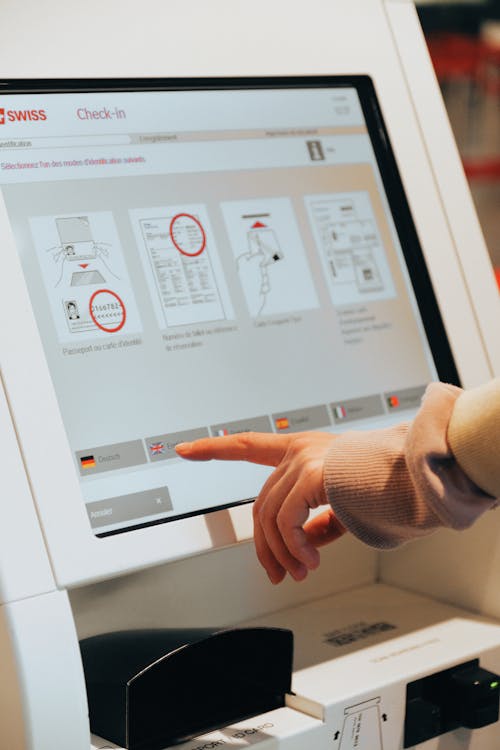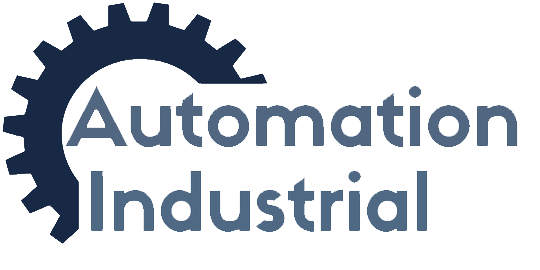The Versatile World of HMIs: Transforming Industries with Human-Machine Interaction
Tags: Automotive, Healthcare, HMI, Manufacturing
Human-Machine Interfaces (HMIs) have become a pivotal element across various industries, streamlining the way humans interact with complex machinery and systems. These interfaces, ranging from simple control panels to advanced touchscreen devices, facilitate effective communication between users and machines, enhancing operational efficiency and safety. This article delves into the diverse applications of HMIs in different industrial sectors, underlining their transformative impact.
Manufacturing: The Bedrock of HMI Application
In the manufacturing industry, HMIs are indispensable. They serve as the central point of control and monitoring for production lines, allowing operators to manage machinery and processes with precision and ease. HMIs in manufacturing offer real-time data visualization, alert notifications, and system diagnostics, enabling operators to make informed decisions quickly and maintain a seamless production flow.
Complex machinery, often the backbone of manufacturing plants, is made more accessible and manageable through HMIs. Operators can control multiple facets of a machine from a single interface, whether it’s adjusting parameters or troubleshooting issues. This centralization not only boosts efficiency but also reduces the risk of errors, contributing to higher quality outputs and improved safety standards.
Healthcare: Enhancing Patient Care with HMIs
The healthcare industry has witnessed a significant transformation with the integration of HMIs. In medical equipment like MRI machines, CT scanners, and infusion pumps, HMIs offer healthcare professionals a user-friendly interface to operate these complex devices accurately. They provide crucial information at the fingertips of medical staff, ensuring patient safety and facilitating precise diagnostics and treatment.
In operating rooms, HMIs are used to control various surgical instruments and monitor patient vitals, streamlining surgical procedures and enhancing patient outcomes. The intuitive nature of these interfaces allows surgeons and medical staff to focus more on patient care rather than on navigating complex machinery.
Automotive: Driving Innovation with HMIs
The automotive industry has embraced HMIs in multiple aspects, from vehicle manufacturing to the cars themselves. In automotive production, HMIs are used to control robotic arms, conveyors, and other machinery, ensuring efficient assembly processes.
Within vehicles, HMIs have evolved into sophisticated systems that offer drivers a seamless interaction with the car’s functions. From GPS navigation to climate control and entertainment systems, HMIs provide a centralized control hub, enhancing the driving experience while ensuring safety. The future of automotive HMIs points towards more integrated and intuitive systems, with advancements in voice control and gesture recognition further revolutionizing driver-vehicle interaction.
Energy Sector: Powering Efficiency with HMIs
In the energy sector, HMIs play a crucial role in monitoring and controlling power generation and distribution systems. In power plants, HMIs enable operators to oversee and manage the complex processes involved in power generation, from adjusting turbine speeds to monitoring electrical outputs. They provide a comprehensive view of the plant’s operations, ensuring efficient and safe energy production.
For renewable energy sources like wind turbines and solar panels, HMIs are used to optimize performance and track energy output. They allow for remote monitoring and control, which is particularly beneficial given the often remote and inaccessible locations of these installations.

Retail and Hospitality: Enhancing Customer Experience
HMIs have also found significant applications in the retail and hospitality industries, transforming the customer experience. In retail, self-service kiosks with intuitive HMIs allow customers to browse products, place orders, and make payments independently, streamlining the shopping process.
In the hospitality sector, hotels and restaurants use HMIs for various purposes, from managing reservations to controlling environmental systems like lighting and temperature. These interfaces enhance the level of service and convenience offered to guests, contributing to a more enjoyable and personalized experience.
Agriculture: Modernizing Farming Practices
The agricultural sector is leveraging HMIs to bring modernization and efficiency to farming practices. In agricultural machinery such as tractors and harvesters, HMIs provide farmers with crucial information about their equipment and crops. They enable precise control over farming operations, from planting and irrigation to harvesting, optimizing productivity and resource usage.
Conclusion
Human-Machine Interfaces have redefined interactions between users and machines across a vast spectrum of industries. By offering user-friendly, efficient, and safe ways to control and monitor complex systems, HMIs have become an integral component of modern industrial and commercial operations. As technology continues to advance, the capabilities of HMIs are expanding, promising even greater integration, automation, and innovation. From enhancing production lines in manufacturing to improving patient care in healthcare, HMIs are not just tools but catalysts for transformation, driving industries towards a more efficient, safe, and user-centric future.
